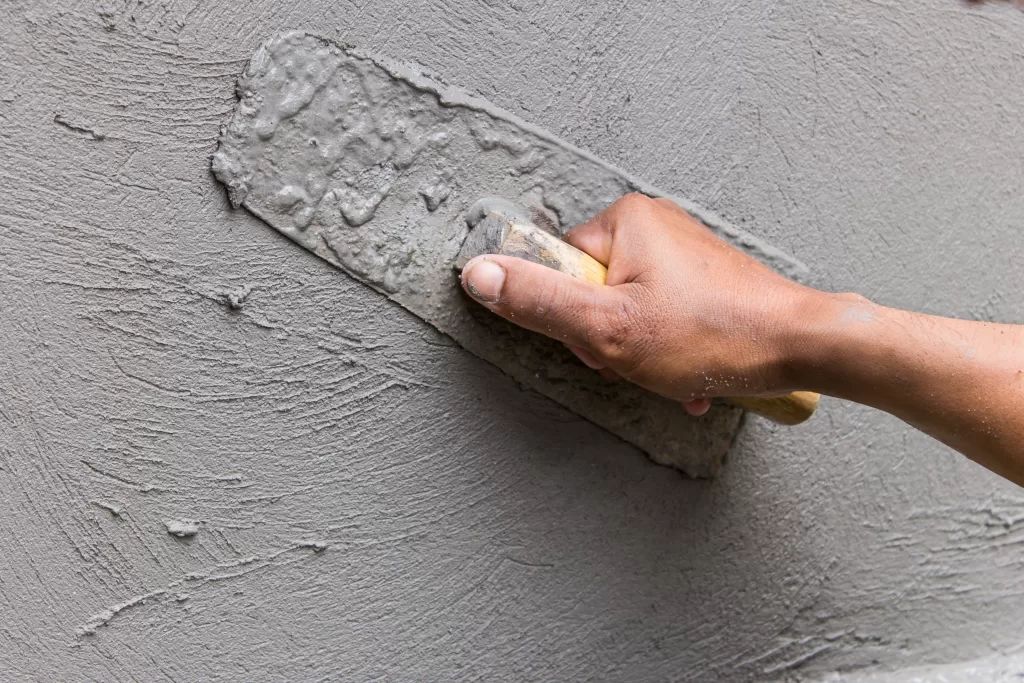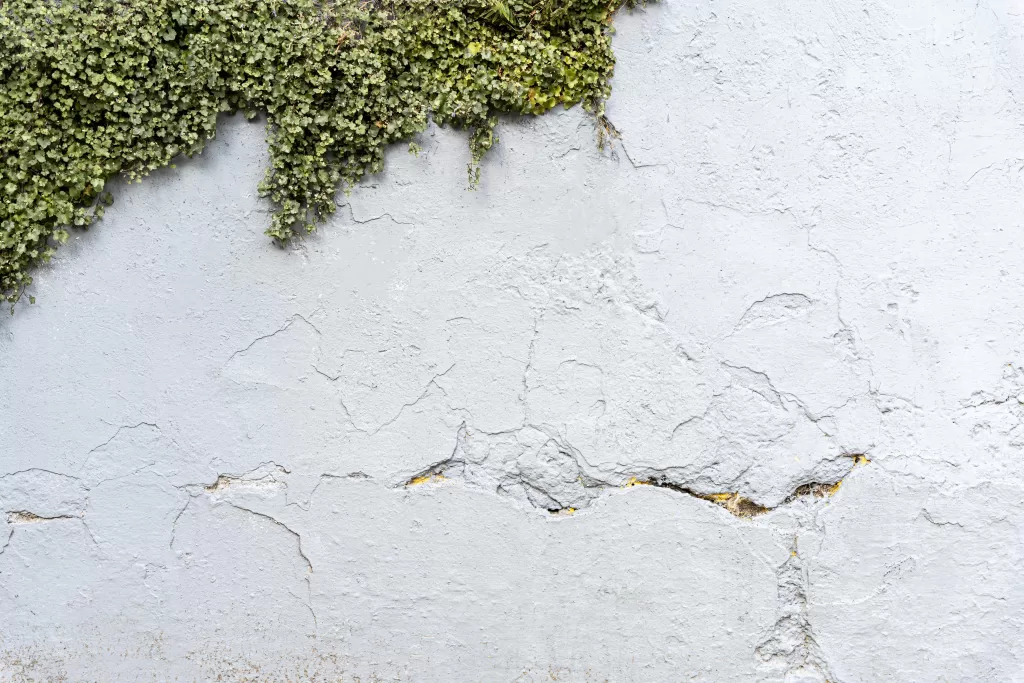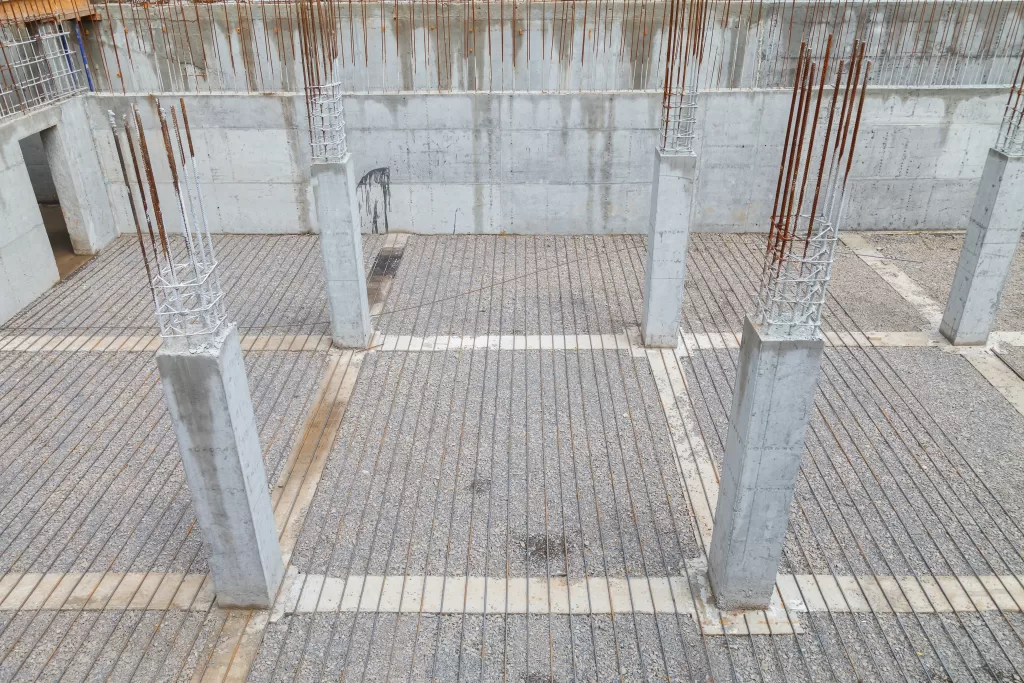Beautifully finished buildings with fine walls and ceilings having smooth surfaces require more than just skilled hands. To achieve perfection, it demands a thorough understanding of plastering ratios. The appropriate blend of cement, sand and water forms the basis of the plastering process. Plastering is an essential aspect of construction projects that not only enhances the aesthetics of structure but also provides protection and durability to surfaces. Read on to learn about the plastering mix ratio.
Plastering – An Overview
Plastering is a construction technique that involves layering a paste of cement, sand and/or lime and water on external and internal walls to give them a smoother finish. Plastering also protects the walls from environmental conditions and provides durability to the walls.
What are the Materials Required for Plastering?
The primary materials used in plastering are cement, sand, and water. These ingredients are used to prepare the mortar mix.
Cement
It is the binding agent in the plaster mix. It provides strength and durability to the surface. Common types of cement used in the plastering process are Ordinary Portland Cement (OPC), Portland Pozzolana Cement (PPC), white cement and Portland Slag Cement (PSC).
Sand
Sand provides bulk and workability and helps in reducing shrinkage and cracking. Its quality and type impact the overall quality of the plaster finish. Quartz or silica sand can be used for white or coloured application of plaster.
Water
The amount of water used should be carefully controlled to achieve the desired consistency and workability. Water activates the chemical reactions that cause plaster mix to harden and set. Therefore, suitable water should be used i.e., water fit for drinking. The use of seawater, estuarine water or brackish water can affect the plaster mix’s performance.
Lime
Lime is added to the plaster mix to improve workability and durability. Lime can also be used to reduce the risk of cracking and enhance the bond between plaster and substrate.
Fibre reinforcements
In certain cases, the use of fibrous materials such as flax, sisal, jute, hemp, coconut fibres and manila, is required. These materials must be cleaned, dried and free from oil to ensure desired performance of plaster.
Calculating the Water, Cement and Sand Ratio for Plastering
Accurate calculation of plastering materials is essential to avoid wastage while preparing a consistent and effective plaster mix. The volume of cement, sand and water required depends on the factors like the thickness of the plaster coat and the total area required to cover.
To calculate the volume of cement, sand and water for a given plastering ratio, follow these steps:
Determine the total area to be plastered
Determine the total volume of the plaster required by multiplying the area to be plastered by the desired thickness of the plaster coat.
Find out the volume of cement
Calculate the volume of cement by multiplying the total plaster volume by cement to sand ratio. For example, in a 1:6 ratio, the total parts would be 1+6=7, so the volume of cement would be 1/7 times the total plaster volume.
Calculate the volume of sand
Calculate the sand volume by multiplying the cement volume by the cement-to-sand ratio. For a 1:6 ratio, the sand to cement ratio would be 6, so the volume of sand would be 6 times the volume of cement.
Consider water content
Determine the volume of water required by considering the water-cement ratio. The quantity of water depends on factors like:
- The nature and conditions of sand,
- The temperature and humidity at the time of working,
- The richness of the mix,
- Quantities of lime, and
- Use of admixtures, if any.
Illustration
Let’s assume that you have to plaster a 10 m x 10 m wall with a plastering thickness of 15 mm (0.015 m). Let’s also assume that the required cement-to-sand ratio is 1:4.
Key Points:
- Density of cement = 1440 kg/m3
- Density of sand = 1650 kg/m3 (sand density may vary from 1550 to 1650 kg/m3)
- Area of wall = 10 m x 10 m = 100 m2
- Total Wet Plaster Volume= Area of Wall × Thickness of Plaster = 100 m2 x 0.015 m = 1.5 m3
- Dry Volume of Plaster = Wet Volume of Plaster + approximately 33% of Wet Volume of Plaster = 1.5 m3 + 33% of 1.5 m3 = 1.5 m3 (1 + 33%) = 1.5 m3 x 1.33 = 1.995 m3
- Quantity of water used in the plaster mix = 25% of dry weight of dry ingredients
Now the cement-to-sand ratio is 1:4. Since cement is 1 part of the total plaster volume, let’s assume the cement volume to be 1x. Similarly, since sand is 4 parts of the total plaster volume, let’s assume the sand volume to be 4x.
1x + 4x = 1.995
5x = 1.995
x = 1.995/5 = 0.399
Therefore, the volume of cement = 0.399 m3 and the volume of sand = 4 x 0.399 = 1.596 m3
Now, the formula for weight in terms of density is,
Weight = Volume x Density
Therefore,
- Weight of Cement = Volume of Cement x Density of Cement = 0.399 m3 x 1440 kg/m3 = 574.56 kg
- Weight of Sand = Volume of Sand x Density of Sand = 1.596 m3 x 1650 kg/m3 = 2633.4 kg
When you add the weight of cement and sand, you get the total weight of dry ingredients, which is 3207.96 kg.
To determine the water quantity, you simply need to take 25% of dry ingredients = 25% of 3207.96 kg = 801.99 kg = 801.99 litres.
To sum up,
To plaster a 10 m x 10 m wall with 15 mm plastering thickness and 1:4 plastering ratio, you would need 574.56 kgs of cement, 2633.4 kgs of sand and 801.99 litres of water.
*Note that the above example only provides a roadmap to estimating the quantities of plastering materials. These numbers are indicative. You must contact your contractor to know the actual requirements.
Explore a wide range of plastering cement with JK Cement.
FAQs
How is plaster mixed?
To make cement plaster, mix cement and sand until homogenous and then add water to get the required consistency. Plaster can be mixed manually or mechanically. In machine mixing, the mixer shall run for at least 5 minutes.
What is the ideal number of plaster coats?
Typically, the ideal number of plaster coats is two, the undercoat and the finishing coat. However, if the surface for plastering is relatively plane, a single coat should suffice. For extremely rough surfaces, three coats may be necessary.
What is the plastering ratio for single-coat plaster?
The ratio of cement : lime : sand for single coat plaster for both internal and external walls is as follows:
- 1 : 0 : 3
- 1 : 0 : 4
- 1 : 0 : 6
- 1 : 1 : 6
- 1 : 2 : 9
















